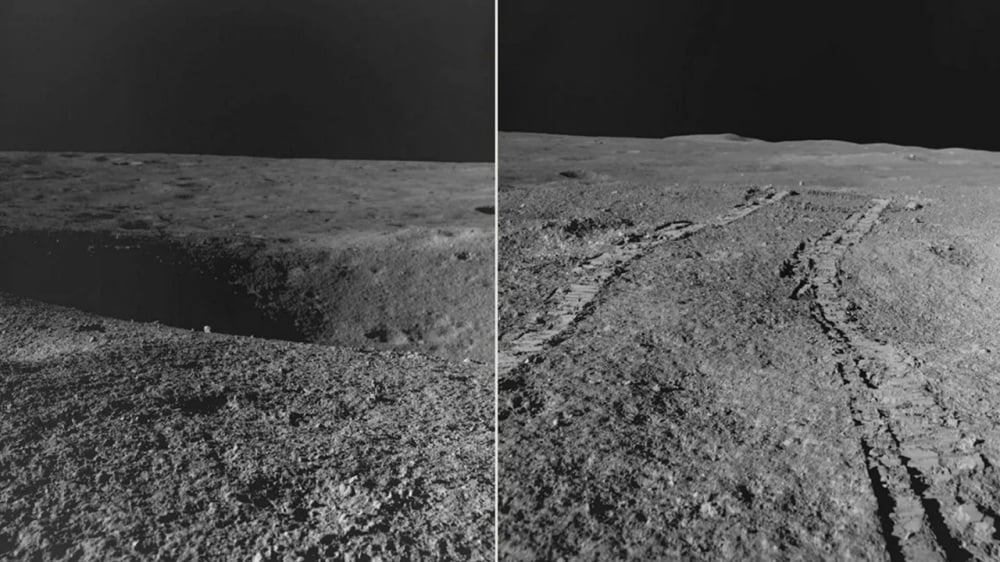
Chandrayaan-4 mission in India has received approval from the government. Meanwhile, a new update has come regarding Chandrayaan-3. Now Pragya has made a big discovery on the surface of the moon.
Chandrayaan-3, the lunar mission launched by the Indian Space Research Organization (ISRO), made a 'soft landing' near the south pole of the Moon on August 23, 2023. The place where Chandrayaan landed on 26 August 2023 was named 'Shiv Shakti Point'. Chandrayaan-4 mission in India has received approval from the government. Meanwhile, a new update has come regarding Chandrayaan-3. Vikram lander and Pragyan rover indicated to resume work in September 2023. Even after a year, they are sending information about the moon's surface to Earth.
Pragyan made a big revelation!
Now Pragya has discovered a huge crater on the surface of the moon. India's 'Chandrayaan-3' landed on one of the oldest craters of the Moon. Scientists who analyzed the pictures received from the mission and satellites have expressed this possibility. A pit formed on a planet, satellite or other celestial body is called 'crater'. These 'craters' are formed by volcanic eruptions. Apart from this, when a meteorite collides with another body, 'pits' are also formed.
This pit was formed in Amritkal
Scientists from the Physical Research Lab and ISRO said that the crater on which the Moon landed was formed during the 'Nectarian Period'. The 'Nectarean period' is 3.85 billion years old and is the oldest period on the Moon. Associate Professor S. of the Planetary Science Division of the Physical Research Laboratory. Vijayan said, “The Chandrayaan-3 landing site is a unique geological location, where no other mission has been able to reach.
Rover took pictures
The images from the mission's rover are the first images of the Moon taken by a rover at this latitude. “This shows how the Moon has evolved over time.” Vijayan said that “when you throw a ball on sand, some part of the sand gets displaced or bounces outward and turns into a small pile”, ‘ejecta’ is also formed in the same way.
Chandrayaan-3 landed on a 160 km diameter crater.
Chandrayaan-3 landed on a 'crater' that is approximately 160 kilometers in diameter and images show its almost semicircular shape. The researcher said that this is half of the crater and the other half may be buried under the 'ejecta' coming from the South Pole – 'Aitken Basin'. Pragyan was landed on the lunar surface through Chandrayaan-3's lander Vikram.
 look news india
look news india
